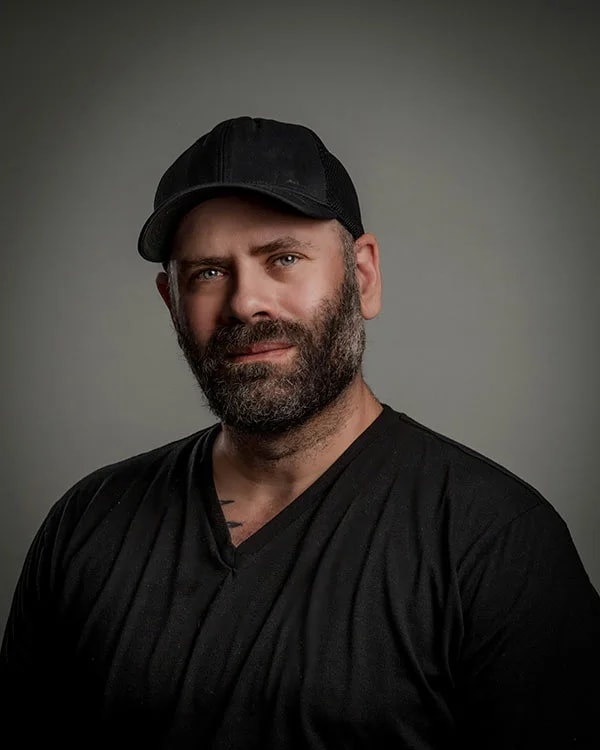America's First Asylum of Horror
The Public Hospital of 1773 stands as a monument to medical cruelty disguised as treatment. America's first institution dedicated solely to treating mental illness, it employed methods so barbaric that death was often preferable to cure. The suffering endured within these walls was so intense that it created a paranormal scar that refuses to heal. Patients were subjected to ice baths, strait jackets, chains, isolation, starvation, and the 'tranquilizing chair' - a device that restricted all movement for days. Many died from treatment rather than illness, their minds broken by cure rather than disease. These tortured souls remain, trapped in eternal madness, their screams echoing through time.
Treatment Worse Than Disease
The Barbaric Treatments
Early treatments included bleeding, purging, blistering, and the 'bath of surprise' - suddenly plunging patients into ice water. The 'gyrating chair' spun patients until they vomited and passed out. The 'tranquilizing chair' immobilized patients for weeks, causing muscle atrophy and madness. These tortures, believed therapeutic, created trauma so severe that patients' spirits remain locked in perpetual suffering.
The Cage System
Patients were kept in cells more like cages, chained to walls, lying in their own waste. Windows were barred, heat was minimal, and food was often withheld as punishment. Many patients who entered with minor conditions left insane or dead. The cells still exist in spectral form, with phantom patients rattling invisible chains.
The Fire of 1885
The hospital's most tragic event occurred when fire swept through the building. Seven patients, locked in their cells and forgotten by fleeing staff, burned alive. Their screams were heard throughout Williamsburg. These fire victims are the hospital's most aggressive ghosts, their burns still visible on their spectral forms.
The Asylum's Eternal Inmates
The Screaming Woman
Known only as 'Mary,' this patient was admitted for 'hysteria' and subjected to every cruel treatment available. She died in the tranquilizing chair after two weeks of immobilization. Her ghost appears bound to an invisible chair, screaming continuously. Visitors report hearing her even from blocks away, her voice carrying supernatural distance.
Dr. Galt's Ghost
Dr. John Minson Galt II, the hospital's most infamous superintendent, still makes rounds. His ghost appears in a blood-stained medical coat, carrying primitive medical instruments. He's been seen attempting to 'treat' visitors, reaching out with spectral restraints. His presence brings overwhelming feelings of dread and helplessness.
The Burned Patients
The seven fire victims manifest as charred figures, still trying to escape their cells. They appear engulfed in phantom flames, banging on doors that no longer exist, pleading for help that never came. The smell of burning flesh accompanies their manifestations, and some visitors report feeling intense heat.
The Chain Ghost
A male patient who spent 20 years chained to a wall still rattles his bonds. The sound of dragging chains echoes through the reconstructed hospital, growing louder when approached. He appears as a emaciated figure, his wrists and ankles bearing eternal wounds from his restraints.
Documented Madness
The Contagious Insanity
Visitors report experiencing temporary madness within the hospital. Symptoms include hearing voices, seeing things that aren't there, and feeling compulsions to harm themselves. Some have had to be physically removed after becoming violently agitated. The hospital's suffering seems to infect the living.
The Treatment Replays
Phantom treatments occur nightly. Witnesses report seeing transparent figures strapped to invisible chairs, submerged in spectral tubs, and spinning in devices that don't exist. The sounds of medical torture - screaming, vomiting, pleading - create a symphony of suffering that modern reconstruction can't muffle.
The Cell Phenomena
In the reconstructed cells, visitors experience claustrophobia, panic attacks, and the sensation of being chained. Some report seeing the cells as they were - filthy, dark, and occupied by suffering spirits. Photography in these areas often reveals figures that weren't visible to the naked eye.
Witnessing Medical Horror
The reconstructed Public Hospital serves as a museum depicting the evolution of mental health treatment. But the building is more than educational - it's actively haunted by those who suffered within its walls. The museum acknowledges the paranormal activity with careful language about 'historical atmosphere.' Daytime tours are disturbing enough, with phantom sounds and sudden temperature drops. Evening programs, when offered, guarantee paranormal encounters. Staff members are trained to handle visitors who become overwhelmed by the oppressive spiritual energy. The most intense activity occurs in the reconstructed cells and treatment rooms. Visitors should prepare for psychological discomfort - the spirits here don't just appear; they share their suffering. Many report nightmares for weeks after visiting. The Public Hospital offers a unique paranormal experience - not entertaining ghosts but suffering souls whose torture continues eternally. It serves as a reminder that sometimes the cure is worse than the disease, and that cruelty disguised as kindness creates the most vengeful spirits. Whether you come for medical history or supernatural encounters, prepare for discomfort. The Public Hospital's ghosts don't want to scare you - they want you to understand their pain, to witness their suffering, to know that madness here was manufactured, not cured.

